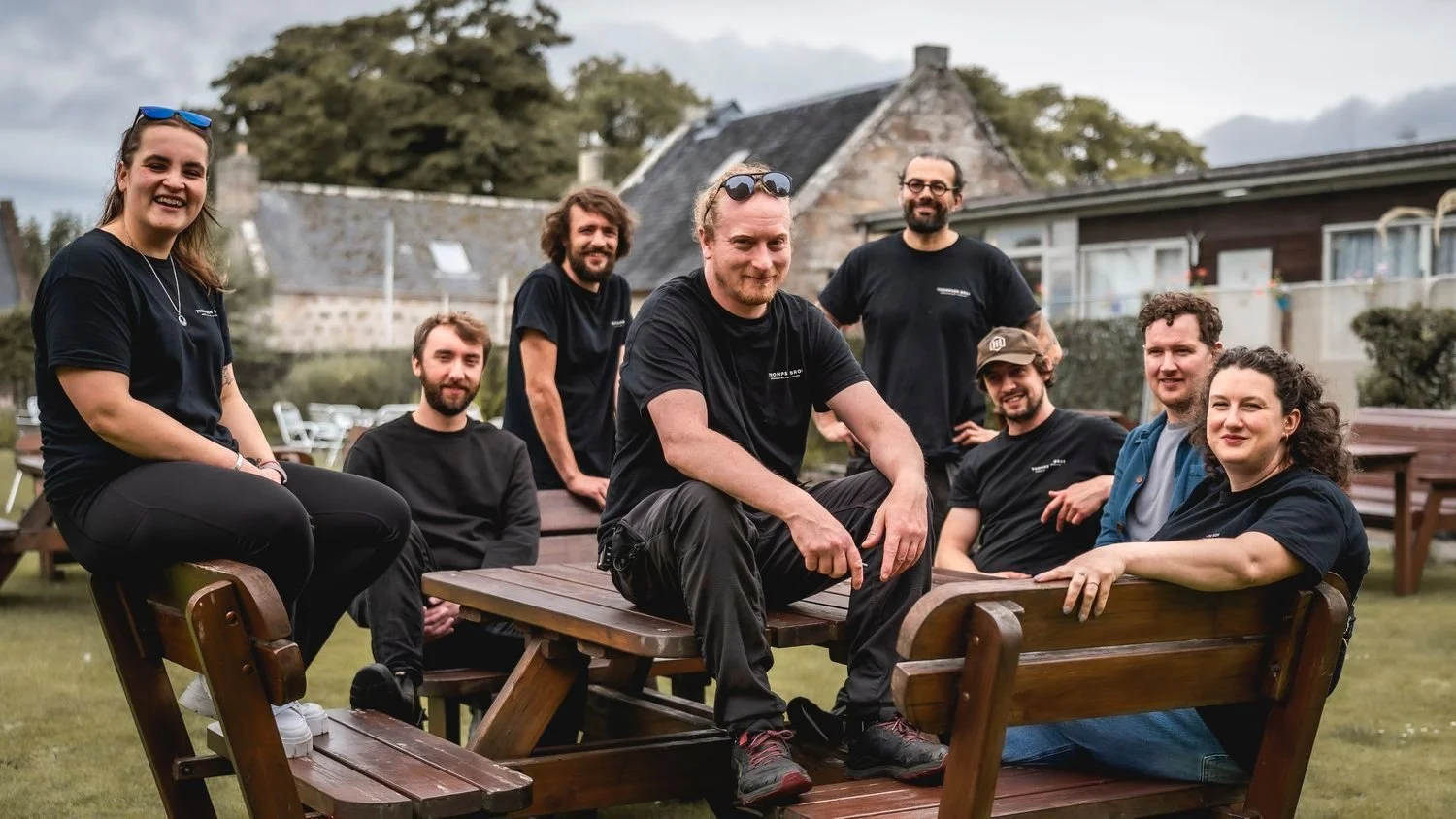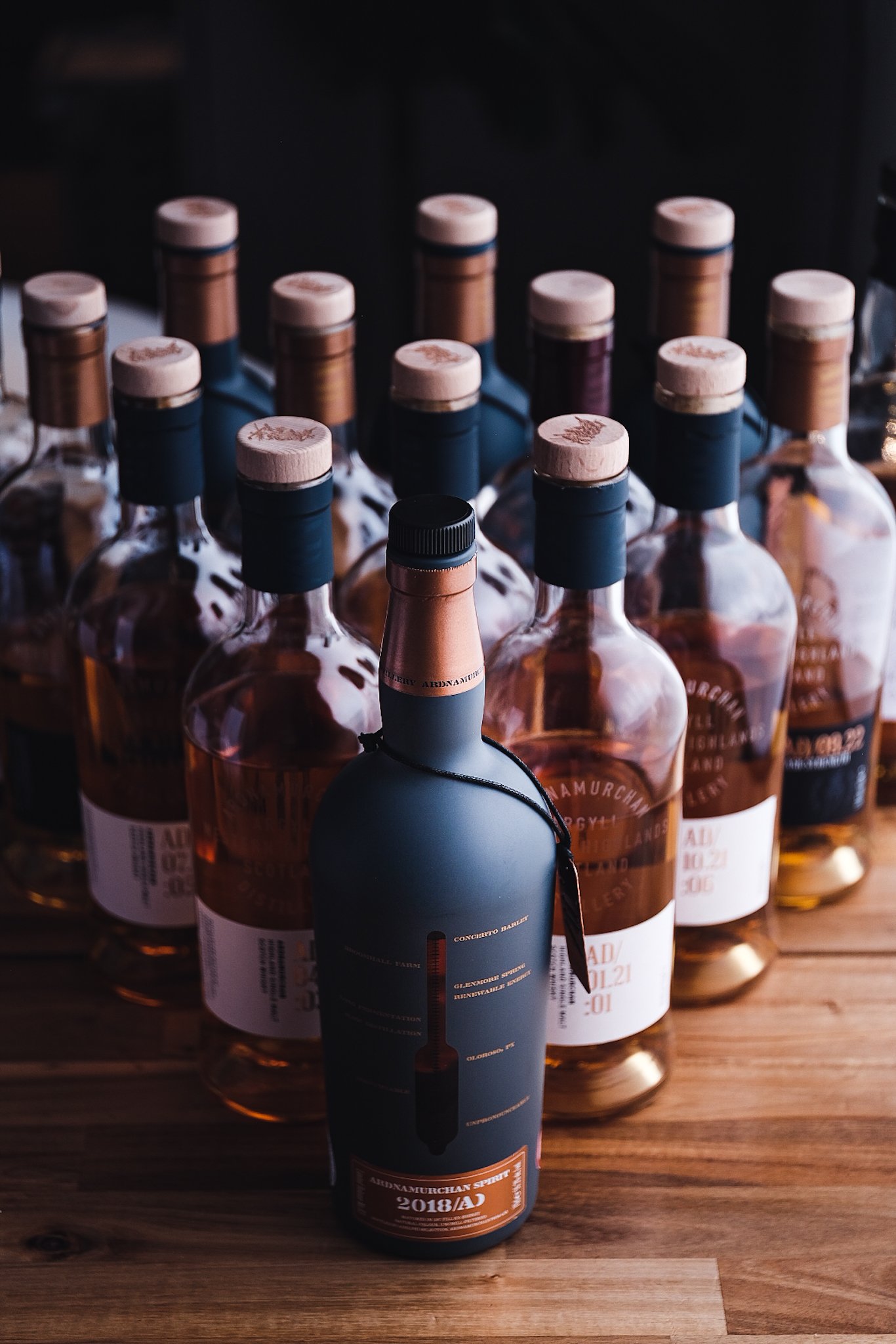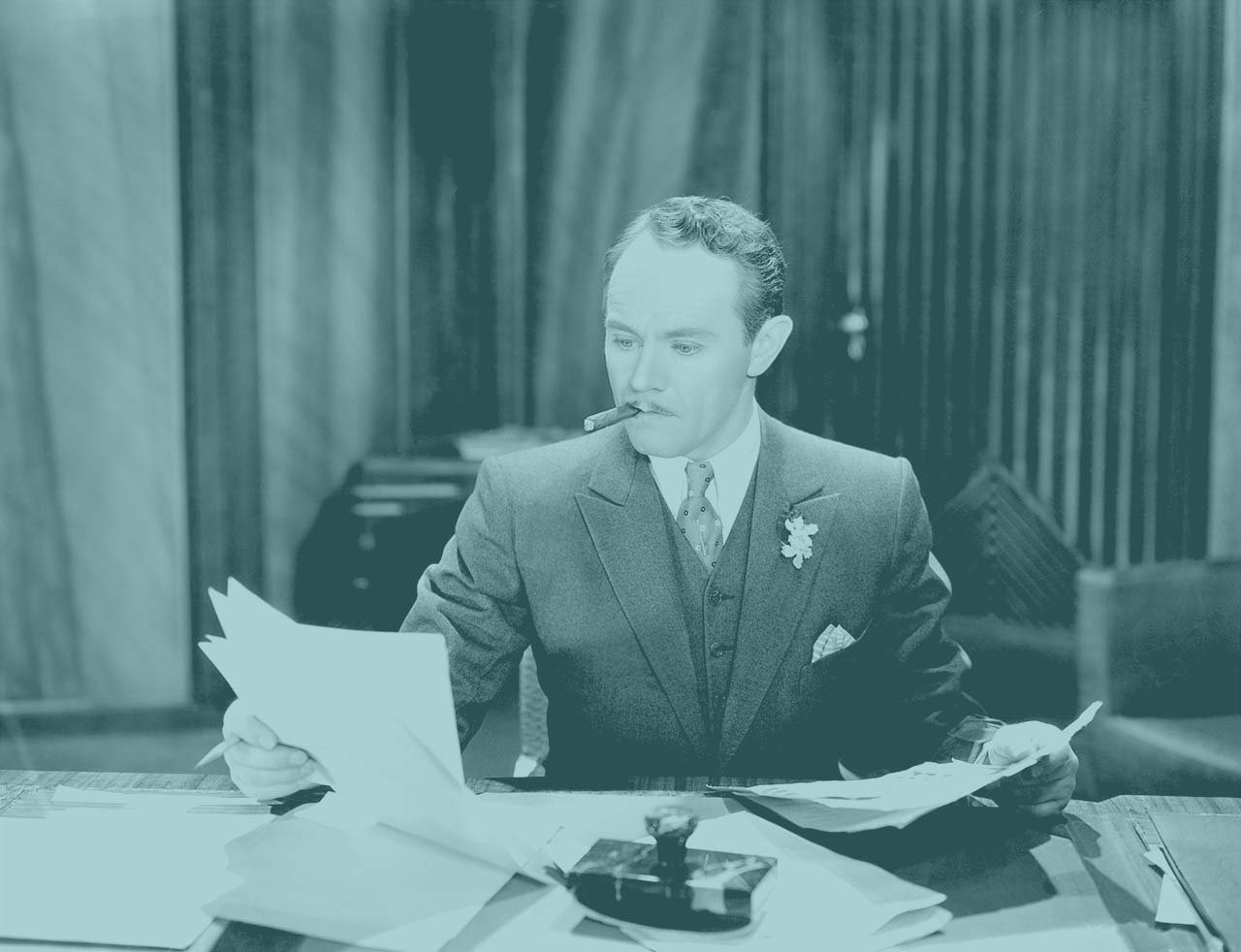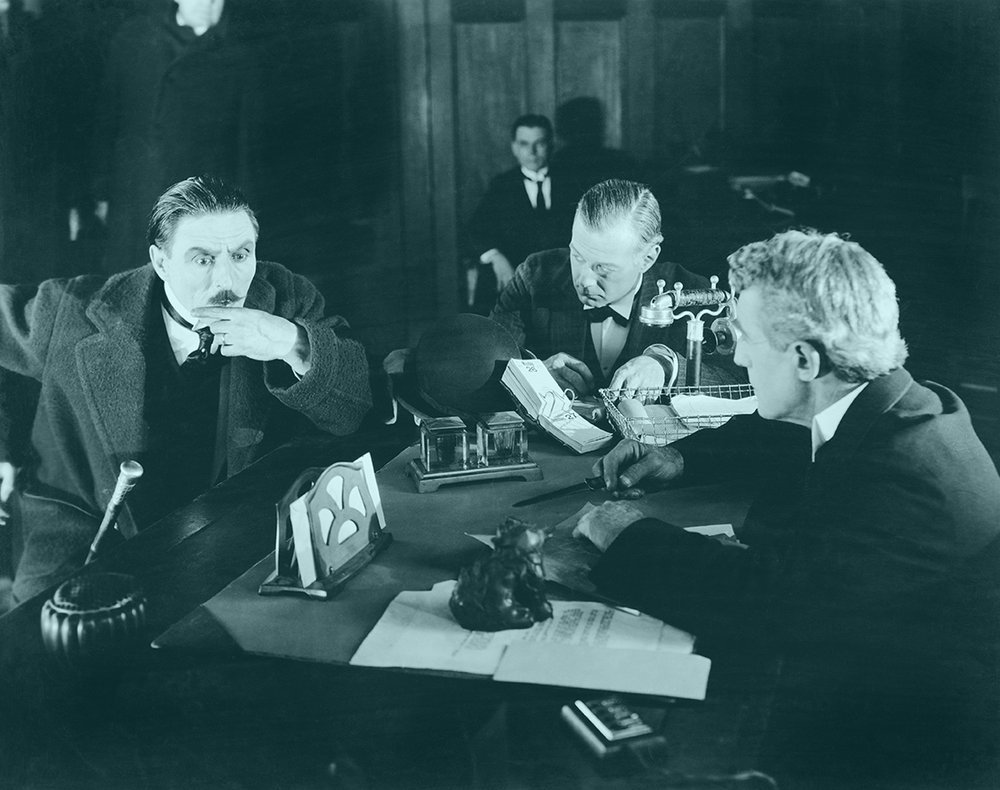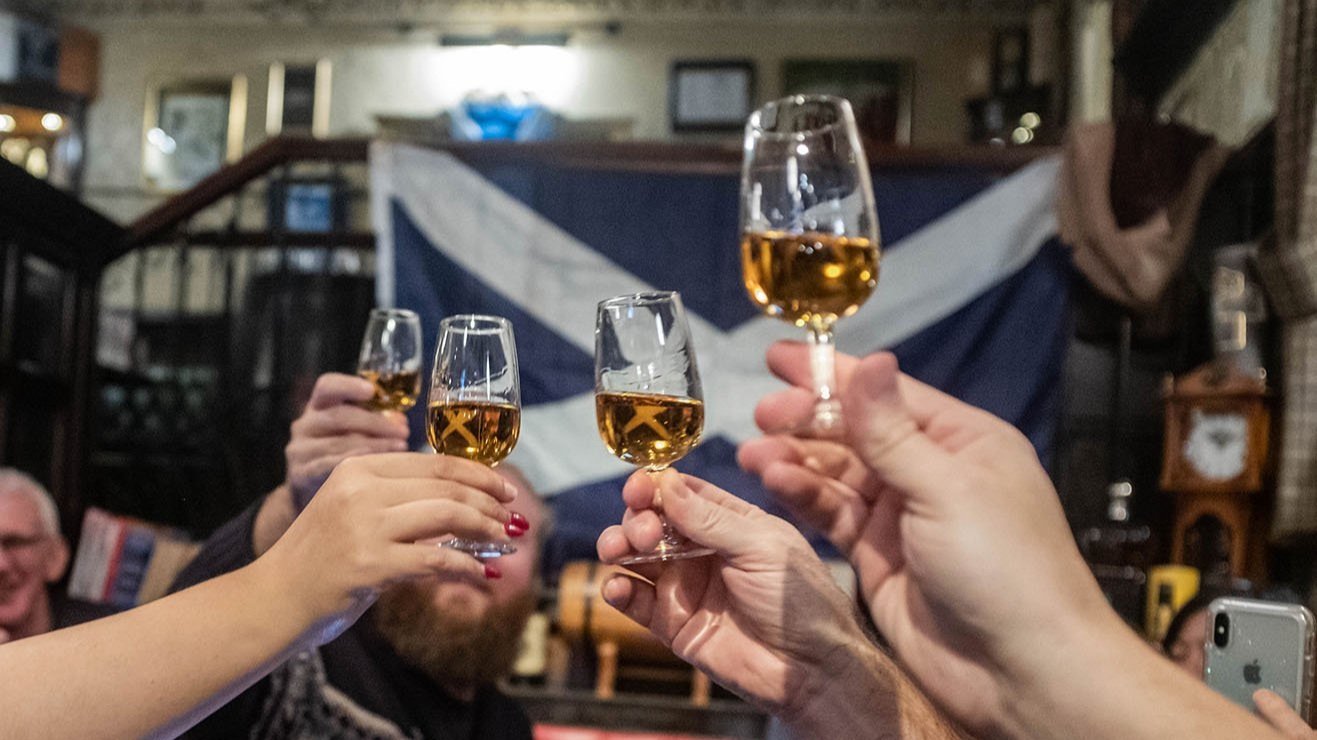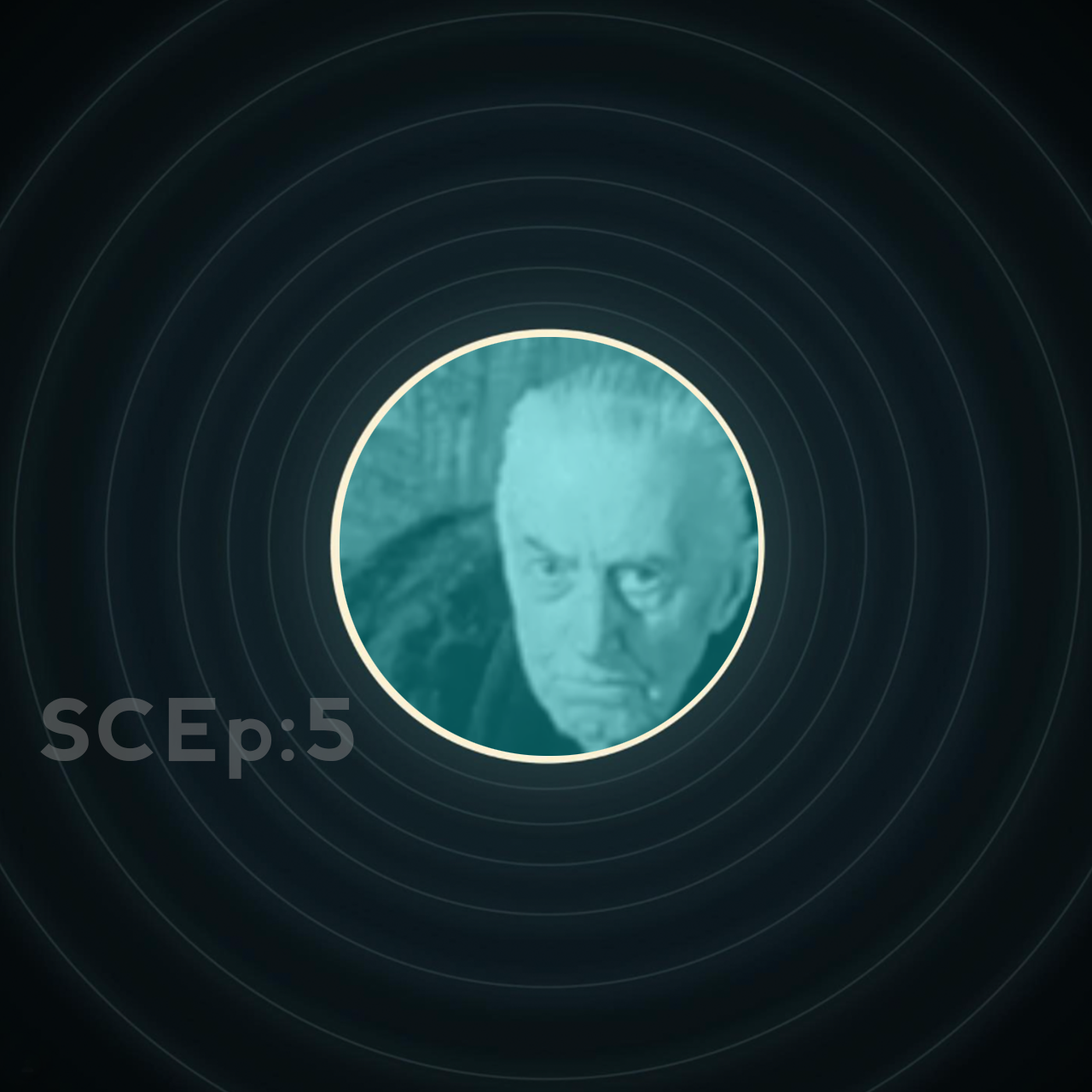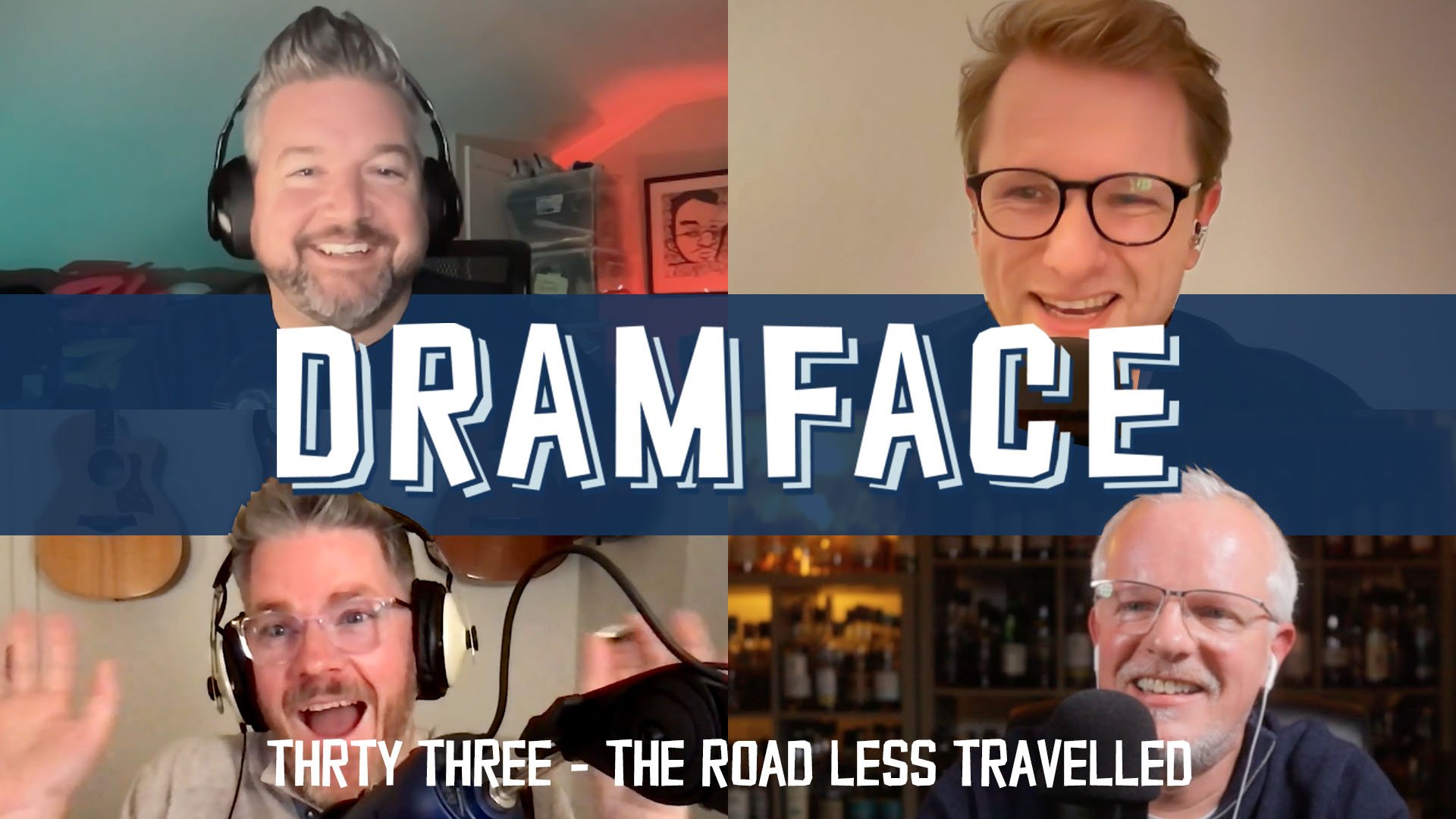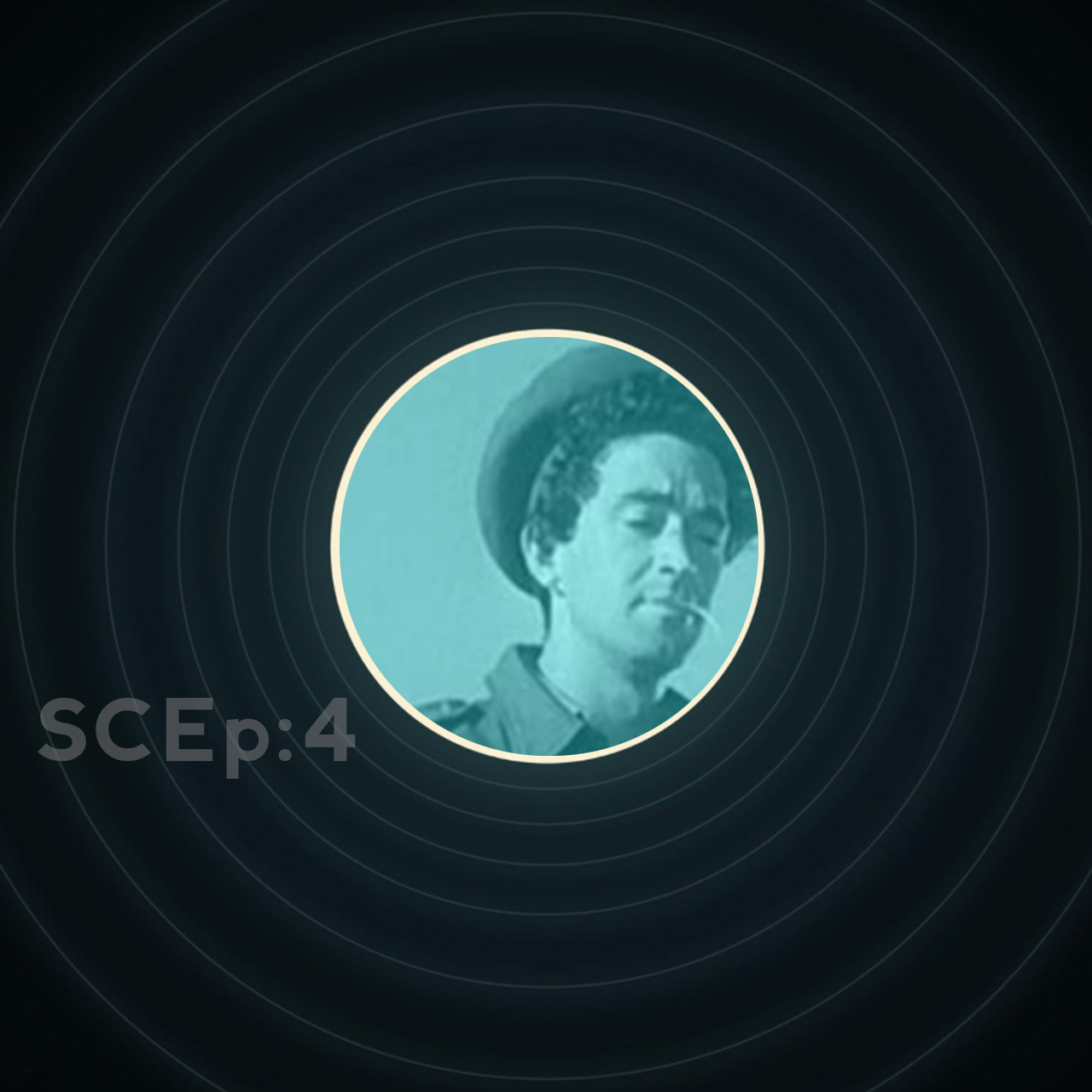American Single Malt History - Golden Moon Vet’s Cask
Feature & Review Series - Part 1 | 46% ABV
Score: 7/10
Very Good Indeed.
TL;DR
If you like Glenmo 10, you’ll love this
To See the Future of American Single Malt, We Need to Understand its Past
Before I dive headlong into this review/biopic - I want to take a moment and admit my personal quiet part out loud. I think it’s time I just come right out and say it. I think I'm a Whisky Fan with a History Problem.
Maybe some of you can relate? I think an interest in whisky also lends itself well to an interest in history (at least that’s what I am telling myself). I even think someone, somewhere once said that “whisky is like history in a glass”, or something like that.
I had originally planned for this article to be published many months ago and it was supposed to be a quick Westland core range review. Since then, however, it has become my magnum opus to American Single Malt Whiskey, and I think that I may have taken things a bit far. But truthfully, I needed to. I realised rather early in my writing how little I knew about American Whiskey. Here’s the story...
Several months back, around November 2023, I had the pleasure of joining a zoom call with a couple of fellow Dramfacers. At one point, the conversation drifted off from all things whisky and over to favourite seasonal movies. At first, we discussed the merits of the Christmas classic “It’s a Wonderful Life” and how it crescendos into a near-perfect synthesis of character building and moving making drama. When asked for my favourite holiday movie, I offered up the ultimate American Western: Tombstone.
The 1993 classic stars Kurt Russel as Wyatt Earp, Val Kilmer as Doc Holiday, Sam Elliot as Virgil Earp, and Bill Paxton as Morgan Earp. It even features a couple of cameos by Charlton Heston and the actual fifth cousin of the real Wyatt Earp, Glen Wyatt Earp III.
Whenever I get a chance to put Tombstone on, I transform into one of those dreadfully annoying movie watchers who repeats every line of the movie from every character, all movie long. When I watch Tombstone, I watch it from the edge of my seat - bubbling over with restrained excitement. The movie is chock full of generationally poignant and meme-worthy one-liners, starting with the Doc Holliday fan-favourite, “I’m your Huckleberry" or “You’re a Daisy if you do”. And despite the gripping cinematic storytelling, it is also fairly close to the actual historical events that went down at the legendary OK Corral back on October 26, 1881. (Or so I thought...)
While regaling my Dramface friends with my movie selection and compelling criteria – Rob asked, rather earnestly, if Tombstone was a real place and if the OK Corral was a real thing. Aghast, I guffawed and then reassured the legitimacy of both, having been there myself on several occasions.
“Tombstone was a place where danger lurked around every corner. The tension in the air was palpable, and you never knew when a gunfight might break out.”
Big Nose Kate, ca. 1880.
Later into the winter months, I recalled our conversation and broke out my old DVD player from the basement, inserted the Director’s Cut edition of Tombstone, and poured myself an appropriate dram – Whisky Del Bac’s Mesquite smoked Dorado, from Tombstone’s neighbouring city of Tuscon, Arizona.
The movie begins with the Earp brothers arriving to the very same Tuscon (albeit 150 years ago) by train, and follows them and their families as they try to establish themselves on the dry, desert frontier of the American southwest in the 1870’s. Along the way, and despite Wyatt’s best efforts, the brothers are compelled to bring “law and order” to Tombstone thanks to the terrorising stranglehold that a gang of ne’er-do-wells has against the inhabitants. The Clanton and Mclaury families, once their forces were combined, called themselves “The Cowboys” and became one of the earliest examples of organised crime in America. They were well known for cattle rustling, robbing stagecoaches, and murdering their opposition.
"The most important lesson I learned was that the winner of a gunplay usually was the one who took his time. The second was that, if I hoped to live on the frontier, I would shun flashy trick-shooting—grandstand play—as I would poison"
Wyatt Earp.
Without revealing too much more of this excellent piece of cinematic mastery, I caught on to something new while rewatching it this most recent time: the consumption or *ahem* overconsumption of whiskey. There’s a glass - or bottle of it - close by in nearly every scene all movie long. While witnessing this subtle prop reappear many times across the screen, it got me wondering about how realistic this depiction of drinking was for the “Old West”. It’s a familiar scene in many western movies produced over the last century – the old trope of the drunken cowboy starting a saloon fight, whisky bottles exploding from stray gunfire, chairs and tables smashed in the chaos, etc.
Did we really drink that much? Was whiskey that ubiquitous? Where did all that cowboy whiskey come from? Were they drinking Kentucky Bourbon? I realised I had no idea.
One thought led to another, and I began to think about something more timely to the current day; the birth (or perhaps the rebirth?) of American Single Malt Whisky. If you read my last deep dive into the intersection of whisky & history, then this loosely connected collection of thoughts should ring familiar.
Five, six seven books, twenty+ articles, a dozen podcasts, a class with the Whisky Tribe in Austin, Texas, a deep dive into the National Archives Digital Collection, a visit to the 2024 American Single Malt Whiskey Convention - and here we are in August, September October of 2024, nearly 11 months later and I’m finally putting this collection of articles for Dramface together. Saddle up.
The Trail Ahead
For this series of articles, I have set out to trace the lineage of today’s American Single Malt all the way back through time to its forebears. With each article I'll feature a whiskey that exemplifies the moment – maybe because it connects to the characteristics of a region or because it speaks to a particular historical tie-in. I’ll also loop in a few other Dramfacers along the way to assist with some of the tastings.
A couple of notes before we dive all the way in.
First: let’s get the (e) in American Whiskey dealt with. Be prepared to see both spellings used throughout this series. Both spellings are used by distilleries today to connote the affinity for what they are making. Some Single Malt producers omit the (e) while others keep it. Most, if not all Rye & Bourbon producers keep the (e) due to historical providence. I’ll respect those variations as we come across them.
Second: All the reading and research has taught me that there is more to North American Whiskey than meets the eye. Whiskey has been there since the very beginnings and has played key roles in most of our cultural touchstone moments. I also learned that much of that history lies beyond Bourbon (no offence Bourbon fans). Teaser alert: while researching for this project, I came across an exciting discovery - something that feels like a missing link in American whiskey history. It is a subtle chapter that has long since been lost to the dry air of the desert southwest. The more I dug into this story, the more excited I was to share it with our Dramface readers. So stay tuned – we've got a couple of hundred years to cover before we get there.
Third: While preparing for this piece I have come to realise how dizzying it can be to research history. I’m learning that there are numerous ways to view whiskey history, and no one single way is correct. For my work here, I’ve used many of the “First Documented” events as mile-markers along the way to anchor my stories. Also, since “First Documented” events rarely happen in a vacuum, I’ve worked to include some additional context whenever it made sense too.
The further back you go though, the muddier the documentation gets so I’ve done my best to double and triple check for the best sources, including as many primary ones as I could find. There’s a lot of history out there, and a lot of it is very “second hand” so I want to acknowledge that there’s likely some people, places, and things that I missed. Overall, I want you to know that I did my best to represent this as accurately as I could muster.
So with all of that out of the way, let's start this journey through time and whiskey.
Part One, or “The Book of Beginnings” (The 1600’s).
There’s no proper way to understand Whiskey History in the New World without some basic frame of reference for what was happening in the Old World. Let’s start by highlighting on a few relevant milestones:
Distilling on the mainland of Europe takes its first initial baby steps in Italy at the Salerno Medical School in the 12th Century. These early distillates were primarily produced for medicinal purposes.
Back-and-forth altercations with Turkish Arabs in the 14th and 15th Centuries introduced the Alembic still and beverage alcohols to Europeans which quickly spread throughout the rest of the mainland. People took to distilling whatever they had locally available to them, but most often it was grapes and other fruits... something akin to brandy.
The first recorded instance of distilling grain is most often attributed to Irish monks. While it is possible that they first attempted distilling grain in the 12th century, their first written record of whiskey making dates back to 1405.
The New World opens in 1492.
Christopher Columbus introduces sugarcane to the island of Hispaniola on his 2nd voyage to the Caribbean in 1493.
Scotland’s earliest written record of whisky comes in at 1494 when King James IV commissions Friar John Cor to make Aqua Vitae from “eight bols of malt”.
In 1500 the Dutch refine the pot still to include a copper worm tub.
The first permanent settlements on the upper territories of present-day US & Canada (in order):
the French in 1534 near modern day Quebec City.
the Spanish in 1565 with St. Augustine, Florida,
the French again in 1605 with Nova Scotia, Canada,
the English in 1607 with Jamestown, Virginia,
the French yet again in 1608 with the founding of Quebec City.
and the Dutch in 1614 near present day Albany, NY (among many others such as the Swedes, Finns, Germans, Irish and Scots).
The first documented instance of distilling in the western hemisphere comes from the production of aguardiente (rum, basically) in Mexico thanks to Spanish Missionaries in ~1530. Aguardiente would continue to grow in popularity throughout the South American continent, especially in the modern-day region of Brazil where it would later take on the name, Cachaça.
The next record of distillation on the North American continent, if not a bit vague, goes to what is believed to be an all-corn whiskey most often credited to an English settler named George Thorpe near Jamestown, Virginia in 1620. Thrope’s foray into distillation was documented in a letter sent to his business partner, John Smyth, dated Dec 19:
“Wee haue found a waie to make soe good drinke of Indian corne as I ptest I haue diuerse times refused to drinke good stronge Englishe beare and chosen to drinke that.”
Better translated as: “We have found a way to make so good drink of Indian corn, as I protest to have diverse times refused to drink good strong English beer and chosen to drink that.” It is worth mentioning that there is some debate as if this was just corn beer or corn whiskey. There’s also some debate as to Thorpe’s personal distilling provenance, since it may be more likely that Thorpe's whiskey was produced by his employees, Richard Smyth and family who ran his plantation. Last, while Thorpe & Richard were possibly the first documented distillers in upper North America, it is not likely that they were the only, nor the very first.
By the 1600’s, it was fairly common for colonial migrants to bring personal kettle stills along with the rest of their worldly goods. There is also some evidence to suggest that distillation on the mainland might have occurred as early as 1609, just two years after Jamestown’s original founding by an English physician named Lawrence Bohun – but the details surrounding Lawrence’s practices are too sparse to be definitive.
In another early whiskey first, rye whiskey would make its debut to the Americas in the 1640’s. The first recorded distillation of rye grain would go to Emmanuel and Lucy Downing in Salem, Massachusetts in the summer of 1648. It turned out to be so popular that by October of the same year their “strong water” was completely consumed by the locals. Lucy kept in close contact with her brother John Winthrop in England, mentioning their success with distilling in Salem:
“...Our stilling I think might be pritty strong... Could you teach us how to kern (grind) rye out of the seawater? ...for the English have but two objections against it. One—it's too dear and two—there's not enough of it. Cure these and we might all have employment enough at Salem, and as it is we could have custom ten times more than pay.”
Despite the early experimentations with these local grains, whiskey would remain economically insignificant in the Americas for yet another century. Whiskey’s disadvantage came from a couple of likely culprits: first, the Dutch brought over a tradition of making, selling and drinking brandy from the Old World. Second, whiskey (and its grain based, gin-like counterpart, Genever) was made from essential foodstuffs. Turns out that food production on the early North American frontier was a challenge. As such, political and religious pressures against the use of foods for making distilled spirits would build as the colonies grew. For example, in 1649, the New Nederland colonial courts decided that:
“...there shall not be any corne <German for grain> nor malt stilled into liquors, in any Plantation in this Colony.”
Given the circumstances of the time, I suppose it's no surprise that the first commercial distilling licence in North America would go to Jacob Planck in 1634 for making fruit Brandy. Jacob was located at the first permanent Dutch settlement of Fort Orange, New Nederland (present day Albany, NY) and worked for the Dutch West India Company.
The Original Grain?
So it seems that the seeds of North American whiskey making were planted with corn and rye, and I can accept that. However, I am here for the malt so I decided to continue through the archives to see if there were any malt whiskies produced around the same time. Direct evidence was limited, but I did learn some things.
Was barley grown in North America during the 1600’s? Definitely yes. Was it used for anything other than food? Yes, in fact it was used primarily to produce low ABV versions of beer. Was that beer used for distillation? Hard to say and that’s where the trail goes cold. It’s not a huge leap to envision early versions of malt whiskey since we’re already two-thirds of the way there, but despite that potential there’s no mention of it in any records that I could find.
Looking back at the early 1600’s, I found it interesting that regardless of these early milestones, there are scant other mentions about whiskey for many decades to come. It’s hard for me to imagine that whiskey production ceased altogether, but maybe the economic, political, and religious pressures of the time were enough to keep it out of the limelight.
Anyway, Part Two of this series will move into the 1700’s where rum becomes King and whiskey makes a return performance with far more significant economic and cultural impacts.
Review
Golden Moon Veterans’ Cask, Colorado Single Malt Whiskey, bottle 78 of 294, 46% ABV
USD$92 paid (£60) sold out.
Saying hello to my first American Single Malt and, sadly, saying goodbye.
Golden Moon Distillery was originally based out of Golden, CO - nestled in the lee of Colorado’s Foreland Ranges of the Rocky Mountains and only a handful of miles away from our regional big player, the historic Coors Brewery. I say, “was” because sadly, my first AMSW love just recently shuttered their doors, ceasing operations just a few months ago.
Started in 2008 by Stephen Gould and Karen Knight, they set out to produce maybe 500 bottles a year as a hobby business. Perhaps like myself (although to a much much greater extent) Stephan is a “Spirits Historian”, amassing a collection of books that number into the hundreds. His books cover the history of distillation with some titles going back as far as the 1500’s, but with most of them being written in the 1700’s, 1800, and early 1900’s. His top three favourites were at one time reported to be:
A Treatise on the Manufacture & Distillation of Alcoholic Liquors - P. Duplais 1856, as translated by M. McKennie, 1871.
The Manufacture of Liquors and Preserves - J. DeBrevans, 1893.
The Chemistry and Technology of Wines and Liquors - Karl Herstein and Thomas Gregory, 1935.
His original passion was absinthe, but he branched out from there to make brandies, liqueurs, gin, and an assortment of whiskeys. I’ve tried many, but it was his whiskies that had me most impressed. He produced a triple distilled version, a couple of single malts, and more. This Veteran’s Cask was my ultimate favourite.
For my personal history with Golden Moon and this ASMW started in late 2023. I booked a tour of the distillery sometime in the winter and got lucky with a private tour just for myself. I had the chance to personally meet Stephen while he was wrapping up operations for the day. He shared his stories, personal journey, distillation techniques, and ambitions - little did I know of the challenges he faced. He was a gracious host, entertaining my myriad of questions, and welcomed me to walk the place with him.
This Colorado Single Malt is a limited production series, each from one cask, produced once per year. They are called Veteran’s Casks in honour of his military service and that of his friends. A portion of the proceeds went towards the Heroic Hearts Project. This is bottle number 78 of 294. This single malt is made from barley grown in Colorado and surrounding states before being malted, distilled, and aged in Golden. All Veterans Cask single malts are all aged in New American Oak for at least 2 years and then additionally aged for 9+ months in an ex-bourbon barrel.
When I took this home and opened it I had initially assumed it would share characteristics with a couple of other American Whiskies I had collected. I assumed that the young age, New American Oak maturation, and ex-bourbon barrel finish would accentuate the flavours of vanilla and oak tannins to make it resemble a bourbon. With that assumption, I broke out the couple that I had and set up a small tasting. One by one, my assumptions were thwarted - defying any similarities. Undaunted, I continued to explore my unpeated collection of other whiskies. I sifted through a Classic Laddie, continued through an Ardnamurchan, etc. - all to no avail. I struggled to pattern match this whiskey with something familiar - something to bridge my gap in understanding my first American Single Malt. And then I found it. This companion whisky would be Glenmorangie’s 10 yo. Lights flashed in my mind and suddenly I began to understand where in the world this whiskey stands.
Score: 7/10
Very Good Indeed.
TL;DR
If you like Glenmo 10, you’ll love this
Nose
Malty chocolate orange, mentholated honey drops, caramelised citrus. Maybe some sweet white wine grapes in the mid-range. While the two of them remind me of each other, their dominant characteristics are flip-flopped from each other. When capped for a while for tasting, the Golden Moon has a cheesy note that builds and dissipates - something like a decadently sweet cheesecake with a fast fading sour note to go with it. The Veterans Cask Colorado Single Malt is not as fruity as the Glenmo 10, and the Glenmo 10 is not as malty as this Golden Moon - but they share commonalities along a spectrum together. That chocolate orange comes through on each for me, with the Golden Moon’s chocolate (dare I say) coming through as richer and reminds me of a darker cocoa. The orange notes are drowned in it’s melty goodness. The Glenmorangie by comparison, reminds me of an orange citrus candy drizzled with a light milk chocolate for comparison.
I also get some grassy notes. Overall this is a delicious, aromatic experience. Something I can sit with for an hour and enjoy.
Palate
Cinnamon red hots wrapped in and muted by silky caramel milk chocolate. There’s a bit of spirit prickle on the gums and tongue. A little bit of numbing that lingers so slightly. The finish also lingers about - soft waves of malty, chocolate after the citrus fades. Dusty oak tannins. It's a delicious dram that does not disappoint. The ex-bourbon barrel ageing is something that I don’t see often locally and it's a welcome addition to the maturation. It softens the corners when I compare it against other New Oak only matured Single Malts - much like you’d expect. The youthfulness comes through on occasion with some tannic notes - some mild astringency. Very vanilla.
The Dregs
I’ve gone through about three quarters of the Veteran’s Cask Colorado Single Malt at this point. The Golden Moon, for me, is everything I like about Glenmorangie’s 10, but cranked up to 11 (get it? - except they’ve just gone to 12). There’s just more of everything, dropping the delicateness of the 10 in favour of something more malty and caramelised without sacrificing the citrus orange & fruits.
When compared against each other, the Glenmorangie veers off where the Golden Moon cannot go - maybe thanks in part to the Veteran’s Cask New Oak maturation or perhaps it is the super-tall giraffe necked stills at Glenmorangie. It’s probably both, and more.
There’s a decadence to the Colorado Single Malt that I find irresistible. Now that I'm near the dregs of this bottle, I have been tempted many times to pick up another from the third (and last) Veteran’s Cask series. There are some still out there sitting on shelves, but there’s a hesitation that prevents me from buying - and that pause comes from its price. This bottle is often listed for around $90+ USD - and that’s rarified air for me lately.
As much as I enjoy it, I know that there are going to be more good quality, malt forward, semi-fruity, sweet ASMW’s to discover - and probably at a lower price point. Also, if I am genuinely looking for that Glenmorangie 10yo (12!) flavour profile, I know that I can pick one of those up for less than half the cost and arrive at a similar experience. I truly do enjoy the Golden Moon more, which will make resisting a second bottle tough. I’m conflicted, to say the least. If the price were different, this would be a no brainer permashelf bottle for me and would probably fetch an 8 for a score.
Wrapping up - Golden Moon’s Veteran’s Cask #2, bottle 78 of 294 has been a welcoming start to my ASMW journey. It sets a good benchmark for where American Single Malt can go.
As Ogilvie would say, there are gold nuggets out there just waiting to be discovered. We’ve got a lot of ground to cover in the next few articles and I’m looking forward to continuing the exploration ahead - both in history and in whisk(e)y.
I hope you will too.
Score: 7/10
Tried this? Share your thoughts in the comments below. EMc
-
Dramface is free.
Its fierce independence and community-focused content is funded by that same community. We don’t do ads, sponsorships or paid-for content. If you like what we do you can support us by becoming a Dramface member for the price of a magazine.
However, if you’ve found a particular article valuable, you also have the option to make a direct donation to the writer, here: buy me a dram - you’d make their day. Thank you.
For more on Dramface and our funding read our about page here.












































